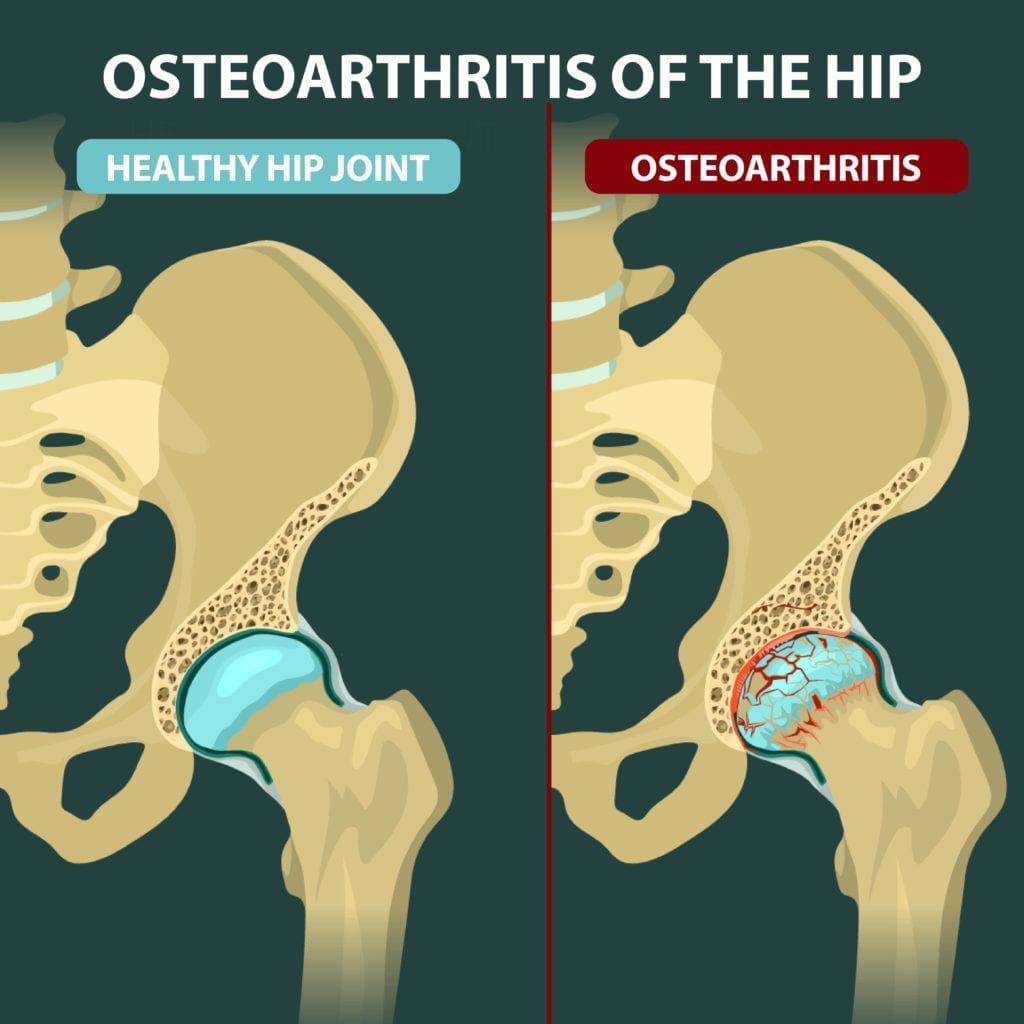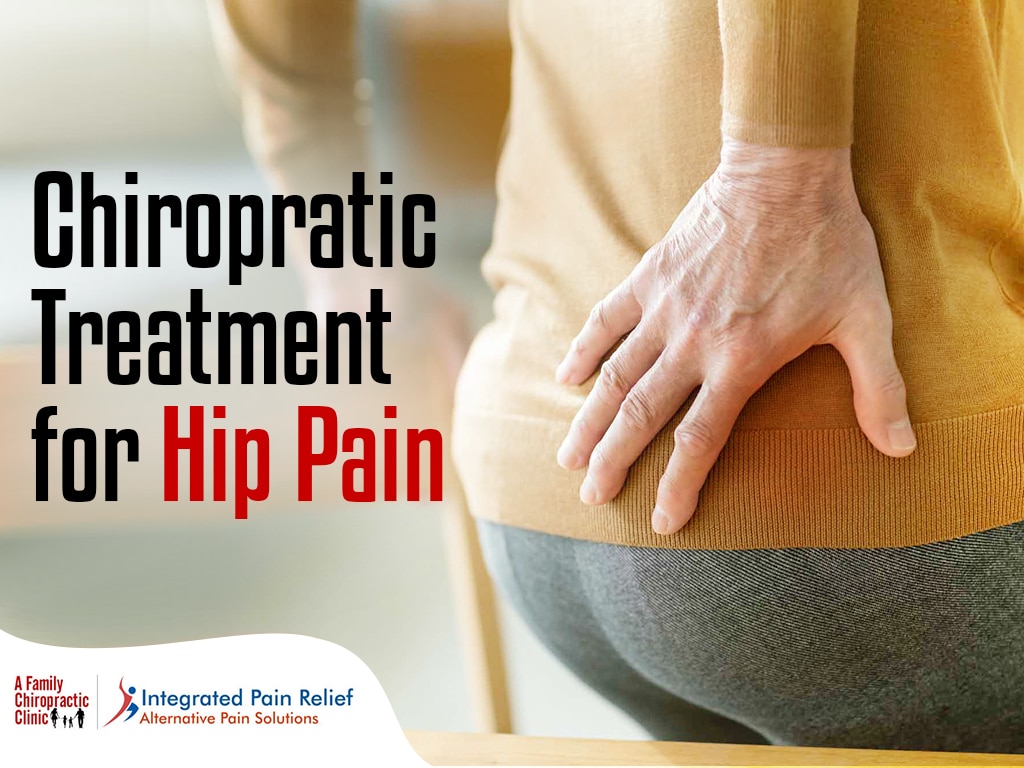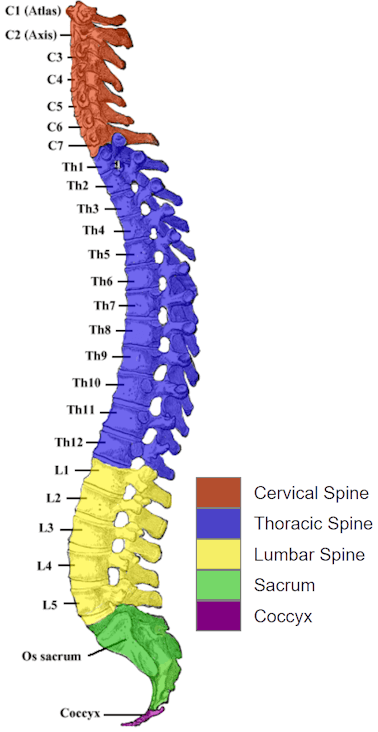Osteoarthritis is a common form of arthritis that affects the hip joint, causing pain and discomfort. The condition develops gradually over time, usually in people over the age of 50.
Individuals with hip osteoarthritis often experience pain in the hip joint area. This pain can vary in intensity, ranging from a mild ache to severe discomfort and even sharp, stabbing pain. The pain is typically felt deep within the joint and may radiate to the groin, buttocks, or thigh area. It tends to worsen with certain activities such as walking, climbing stairs, or prolonged periods of physical activity.
In addition to pain, those with hip osteoarthritis may also experience stiffness and a decreased range of motion in the affected hip. This stiffness can make it difficult to perform daily activities such as getting dressed, tying shoes, or bending down.
As the condition progresses, individuals may notice a grating or crunching sensation, known as crepitus, when moving the hip joint. This can occur due to the roughening of the joint surfaces caused by the wearing down of cartilage.
Furthermore, due to the pain and limitations in mobility, hip osteoarthritis can have a significant impact on an individual’s quality of life. It may affect their ability to participate in physical activities, walk long distances, or perform tasks that require hip mobility.
The treatment of hip osteoarthritis aims to reduce pain and improve joint function. This can be achieved through medication, physical therapy, lifestyle modifications, and, in severe cases, surgical interventions.
In summary, hip osteoarthritis is characterized by pain, stiffness, reduced range of motion, and potential crepitus in the hip joint. It can cause significant discomfort and impact an individual’s daily activities and quality of life. Seeking appropriate medical care and following a comprehensive treatment plan can help manage the symptoms and improve joint function.
What is Stage 4 osteoarthritis of the hip?
Stage 4 (the most severe stage): The cartilage is almost gone, which causes chronic inflammation. Pain and stiffness are felt almost all of the time.

What is the best hip pain relief?
Pain Medications: Over-the-counter pain relievers, such as acetaminophen (e.g., Tylenol) and ibuprofen (e.g., Advil and Motrin), are commonly used to ease hip pain. Analgesics such as muscle rubs can be used for temporary pain relief.
How quickly does hip osteoarthritis progress?
Rapid destructive hip arthritis usually causes a sudden onset of pain that’s both severe and debilitating. RDHO can lead to complete destruction of the hip joint in as little as 6 to 9 months , and up to 3 years.

How does osteoarthritis affect the hip joint?
A hip damaged by osteoarthritis. In osteoarthritis, the cartilage in the hip joint gradually wears away over time. As the cartilage wears away, it becomes frayed and rough, and the protective joint space between the bones decreases. This can result in bone rubbing on bone.
Why do people get pneumonia after breaking hip?
Diabetes is one of the risk factors for postoperative pulmonary infection in elderly patients with hip fracture. Some studies [36, 37] have found that patients with diabetes before surgery are prone to pulmonary infection after surgery, which is consistent with the results of this study.
Why is mortality so high after hip fracture?
Excess mortality after hip fracture may be linked to complications following the fracture, such as pulmonary embolism [5], infections [2, 6], and heart failure [2, 6]. Factors associated with the risk of falling and sustaining osteoporotic fractures may also be responsible for the excess mortality [1, 7].
Why is there such a high mortality rate following a hip fracture in patients over 50 years of age?
Excess mortality after hip fracture may be linked to complications following the fracture, such as pulmonary embolism [5], infections [2,6], and heart failure [2,6]. Factors associated with the risk of falling and sustaining osteoporotic fractures may also be responsible for the excess mortality [1,7].
What are the complications of a broken hip in the elderly?
Most hip fractures in older adults require surgery to restore mobility and to manage pain. This puts patients at risk for a range of post-surgical complications, including infection, blood clots in the lungs or legs, bedsores, urinary tract infection and pneumonia.
What causes pneumonia in elderly after surgery?
It is usually caused by bacteria, sometimes polymicrobial, especially in patients who are at risk for aspiration [9, 10]. The majority of postoperative pneumonia cases are caused by gram-negative, aerobic bacteria including Pseudomonas, Klebsiella, and Enterobacter species, among others.


